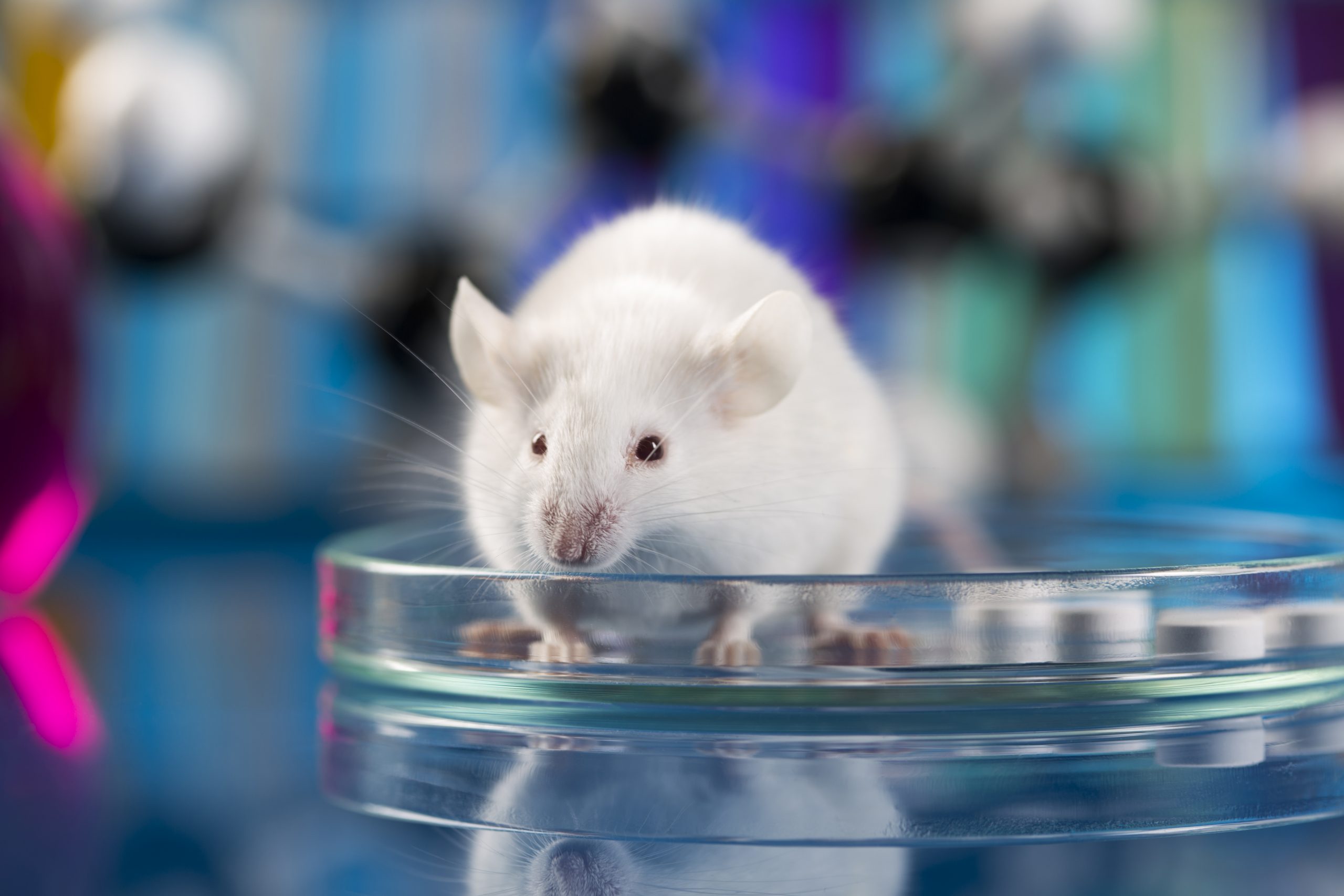Single Treatment Creates New Neurons, Eliminates Parkinson’s in Mice, Study Shows

With a single treatment, scientists were able to transform brain cells into functioning neurons that restored dopamine — the signaling molecule deficient in people with Parkinson’s disease — to normal levels, eliminating motor symptoms in a Parkinson’s mouse model.
The results, “Reversing a model of Parkinson’s disease with in situ converted nigral neurons,” were published in the journal Nature.
Parkinson’s disease is characterized by the malfunction or death of dopamine-producing nerve cells (neurons) in a region of the brain called the substantia nigra, which is responsible for muscle movement and coordination.
While most therapeutic strategies aim to regulate dopamine levels, treat motor symptoms, or prevent the loss of neurons, a potential alternative is to replace the lost neurons.
Recently, researchers at the University of California San Diego (UCSD) School of Medicine reprogramed fibroblasts — a cell in connective tissue that produces collagen — into neurons by blocking the production of a protein called PTB.
PTB influences which genes are turned “on” or “off” and is naturally produced at low levels during the development of neurons.
“This protein is present in a lot of cells,” study lead Xiang-Dong Fu, PhD, from UCSD, said in a press release. “But as neurons begin to develop from their precursors, it naturally disappears. What we’ve found is that forcing PTB to go away is the only signal a cell needs to turn on the genes needed to produce a neuron.”
These findings prompted Fu and colleagues to wonder if this same strategy can be applied to reprogram brain cells into neurons to produce dopamine as a potential Parkinson’s treatment.
To find out, the team focussed on brain cells known as astrocytes, which are abundant star-shaped, non-neuronal cells that provide physical support for neurons and help regulate the transmission of electrical impulses within the brain.
An antisense oligonucleotide (ASO) was used to block PTB production, which is a small molecule designed to bind to messenger RNA (mRNA) — molecules that carry the DNA message containing the information to make proteins. The ASO, called shPTB, binds to PTB mRNA, causing it to be degraded.
First, depleting PTB in isolated mouse and human astrocyte cells converted them into functioning neurons. Then, applying this same strategy directly to mouse brains, using a harmless adeno-associated virus (AAV) delivery system, there was a progressive conversion of astrocytes to new dopamine producing neurons in the midbrains of the mice, the area most affected in Parkinson’s patients.
Based on this success, the technique was applied to mice first treated with 6-OHDA, a chemical that is toxic to dopamine-producing neurons and triggers Parkinson’s disease-like symptoms.
Compared to those treated with an empty AAV vector, about 30% of astrocytes in mice treated with the AAV-shPTB converted to dopamine-producing neurons that integrated into the dopamine pathway — and restored dopamine to the levels found in normal mice.
Three experiments were conducted to test the ability of AAV-shPTB to restore motor function in mice treated with 6-OHDA. The first two involved treating mice with medication that cause them to walk in circles. Treatment with AAV-shPTB progressively restored behaviors of mice in both tests to nearly normal levels within three months.
The final test examined spontaneous motor activity by observing how mice used their limbs. Normal mice used both limbs with equal frequency, whereas mice treated with 6-OHDA preferred using limbs on one side of the body. Following AAV-shPTB treatment, regular limb use improved over time, which demonstrated the “full correction of the motor phenotypes in this chemically induced model of Parkinson’s disease,” the researchers wrote.
“I was stunned at what I saw,” said study co-author William Mobley, MD, PhD, professor at UCSD. “This whole new strategy for treating neurodegeneration gives hope that it may be possible to help even those with advanced disease.”
“It’s my dream to see this through to clinical trials, to test this approach as a treatment for Parkinson’s disease, but also many other diseases where neurons are lost, such as Alzheimer’s and Huntington’s diseases and stroke,” said Fu. “And dreaming even bigger — what if we could target PTB to correct defects in other parts of the brain, to treat things like inherited brain defects?”
“I intend to spend the rest of my career answering these questions,” he added.
The team now will focus on optimizing its methods and test the approach in genetically-induced Parkinson’s mouse models.





